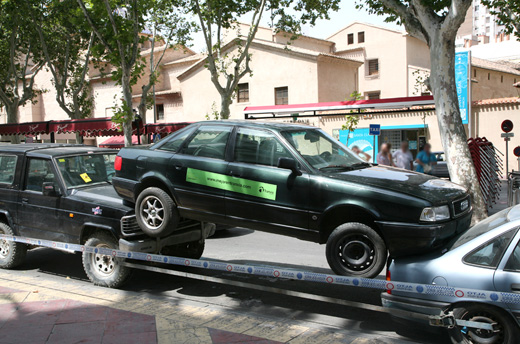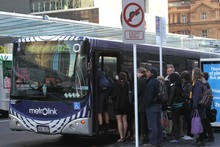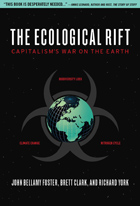Free train travel pushed to tackle peak-hour overcrowding in Sydney
Jacob Saulwick November 15, 2011
Sydney business leaders are backing a proposal by Infrastructure NSW for the government to offer free train travel before 7am.
The proposal, pushed by the Infrastructure NSW chief executive, Paul Broad, would aim to lessen crowding on peak-hour trains by making it more attractive to travel before the peak period.
At a transport forum last month, an Infrastructure NSW board member, Max Moore-Wilton, said the state government should be looking at introducing congestion charging across all modes of transport.
"Why on earth is it just for cars?" Mr Moore-Wilton said.
"Why don't we look at it for State Rail and State Transit? We all know that the people that come in in peak hour should principally be those people that are going to work. They have the capacity to pay," he said.
"Whenever we go and talk about that, the first thing the politicians do is what I call 'Labor disease', which has now become general," Mr Moore-Wilton said at the event, hosted by the Tourism and Transport Forum.
"They say, 'Well we don't want the average punter to pay differentially, we don't want the pensioners to pay deferentially,' and it's left to the merchant bankers to pay. Well they're not the great bulk of the people.
"You've got to tell the people, if we are going to improve peak-hour congestion, those people that need to come for their work should be prepared to pay more. Those people that don't should be encouraged, and I use the word encouraged, through lower pricing."
Mr Broad has raised the idea of free train travel before 7am with the state government. It is unclear if Infrastructure NSW has also raised the idea of higher fares for peak-hour commuters.
The acting Premier, Andrew Stoner, said this morning: "We're all interested in innovative ways to get cars off Sydney's main roads, to get more people on to public transport and Infrastructure NSW is a body that will advise the government on infrastructure, including public transport.
"So that's a proposal we'll think about. It has been trialled in part by a previous government with fairly limited success but we'll have a look at it."
Patricia Forsyth, the executive director of the Sydney Business Chamber, backed the use of more so-called demand management measures.
"The cost of increasing capacity on the road and rail network throughout Sydney is becoming so prohibitively expensive that we need to start looking at using what we already have in a more intelligent and efficient way," Ms Forsythe said this morning.
"Business supports the move by Infrastructure NSW to incorporate a transport demand strategy into its 20-year infrastructure plan. That is a victory for common sense and transport planning," she said.
A recent study by researchers from Southern Cross University and Douglas Economics, presented to the Australasian Transport Research Forum, found some willingness among Sydney commuters to change their travel times if offered attractive pricing.
While most commuters could not change their travel times because of work, the study, which analysed results of a 2010 survey, showed that, for a 30 per cent discount, 15 per cent of peak-hour passengers would be willing to travel 30 minutes earlier, while 4 per cent of commuters would be willing to travel an hour earlier.
Industry experts say that previous trials of free off-peak train travel have thrown up numerous problems.
One problem is that commuters tend to rush for the last train in the free period. This would mean, for example, there would be little patronage growth on a train leaving at 6.30am but huge overcrowding on a train leaving at 6.55am.
Another issue is that free early morning travel would attract to the train system people who do not currently use it. While this would be a good thing, it would also mean more people would need to pack on to crowded afternoon return trains.
Jacob Saulwick is the Herald's Transport Reporter

















 Today is the sixth annual
Today is the sixth annual 